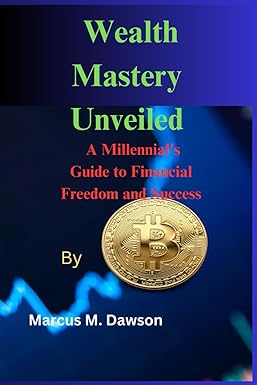
True or False? 1. Risk neutral pricing only works when people don't care about risk. For this reason, risk neutral pricing only gives an approximation of actual prices. 2. A stock with a dividend yield of 2% currently trade for $100. The risk-free rate is 5%. The risk neutral expected value of the stock after one year is approximately $107. 3. When risk-neutral probabilities are high relative to the actual probabilities, that means that people think the states are generally good outcomes. 4. The implied volatility is the volatility that would make the price in Black Scholes equation agree with the market price. 5. In the money put options are put options with high strike prices. 6. Suppose that a certain call option can be replicated by buying 0.6 shares of the underlying stock (which costs $100) and taking a loan for $50. The risk-free rate is 5% and the cost of capital for the stock is 10%. The expected return of the call option is 35%. 7. An arbitrage opportunity exists whenever there are two investment strategies that have identical payoffs in the future but different prices. 8. When a call option becomes deeper in the money, the number of shares in the underlying stock that you would need to hold to replicate the call goes down. = 9. Suppose that a certain stock trades at $100. A European put expiring in 1 month with K = $100 trades at $10. A European call with the same strike and expiration also trades at $10. If the risk-free rate is 5%, there will be an arbitrage opportunity. 10. Increasing volatility of the underlying assets of a firm can make equity more valuable even if the assets of the firm do not increase in value. True or False? 1. Risk neutral pricing only works when people don't care about risk. For this reason, risk neutral pricing only gives an approximation of actual prices. 2. A stock with a dividend yield of 2% currently trade for $100. The risk-free rate is 5%. The risk neutral expected value of the stock after one year is approximately $107. 3. When risk-neutral probabilities are high relative to the actual probabilities, that means that people think the states are generally good outcomes. 4. The implied volatility is the volatility that would make the price in Black Scholes equation agree with the market price. 5. In the money put options are put options with high strike prices. 6. Suppose that a certain call option can be replicated by buying 0.6 shares of the underlying stock (which costs $100) and taking a loan for $50. The risk-free rate is 5% and the cost of capital for the stock is 10%. The expected return of the call option is 35%. 7. An arbitrage opportunity exists whenever there are two investment strategies that have identical payoffs in the future but different prices. 8. When a call option becomes deeper in the money, the number of shares in the underlying stock that you would need to hold to replicate the call goes down. = 9. Suppose that a certain stock trades at $100. A European put expiring in 1 month with K = $100 trades at $10. A European call with the same strike and expiration also trades at $10. If the risk-free rate is 5%, there will be an arbitrage opportunity. 10. Increasing volatility of the underlying assets of a firm can make equity more valuable even if the assets of the firm do not increase in value







